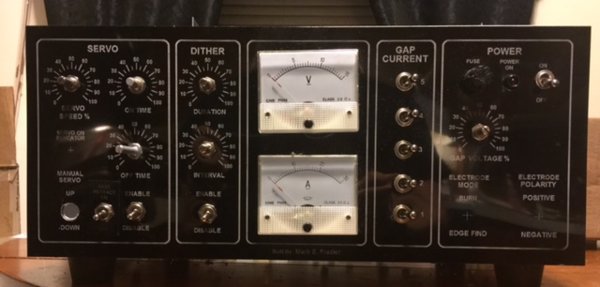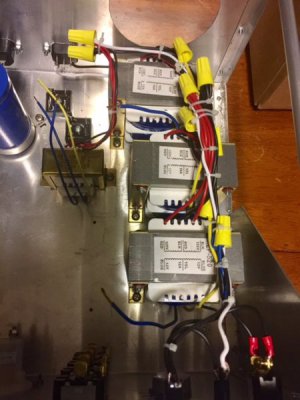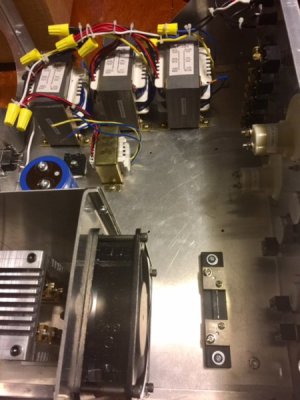Hi Mark. Coincidentally I was just reading about that design. I'll be very interested to see your machine in action.
I'm not really up to speed on how they work in the case of broken taps, maybe you can explain the fundamentals? Do you size the plunger (wire or electrode thingy?) to be a certain % of the embedded tap body? For example, let say I broke a 3mm tap [0.118"]. Would you make the wire, say 0.0.090" diameter so it burns the center core of the tap body but doesn't affect the threaded portion to preserve the tapped hole condition? And then what, the outer thread remnants still clinging are weak so you can pick them out? Does the EDM know any difference between a dissimilar parent material? For example HSS tap stuck in aluminum part, could you burn a larger hole through both steel tap & aluminum part simultaneously like 4mm [0.157"] like to prepare it for a tapped permanent plug?
For a case in point example of attempted broken tap removal in aluminum using often recommended alum solution, my example here.
http://www.homemodelenginemachinist.com/showthread.php?t=26470
It didn't end well for whatever collection of reasons as mentioned in the post, despite cases where alum appeared to work for others. It's behind me now. I concluded it was entirely due to incorrect tapping head depth setup. But I think it would be wishful thinking that I'll never see another broken tap one day. For kicks I tried drilling out the tap with a carbide ball end mill. It sure didn't like gnawing on the top of it. I didn't want to ruin an expensive EM on a remedial experiment & thought a carbide drill would have to be precisely centered without wandering, so called it quits. I was coming to the conclusion maybe a high speed grinding spindle with abrasive bit pecking mode could take it down a million shavings later.






